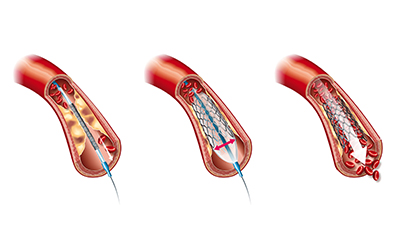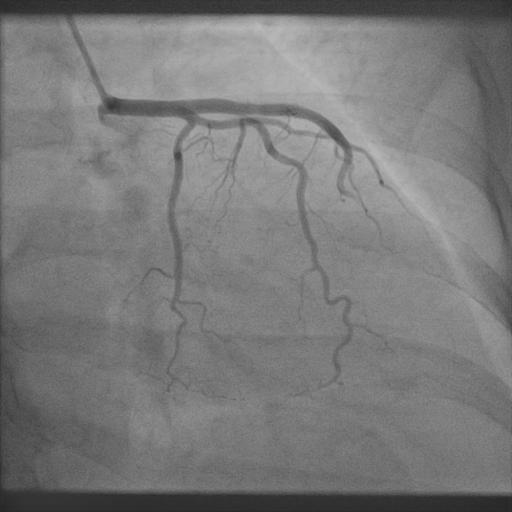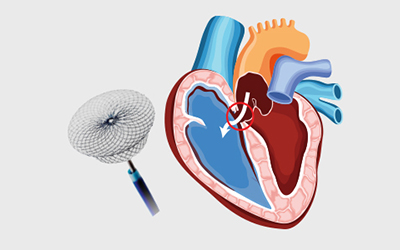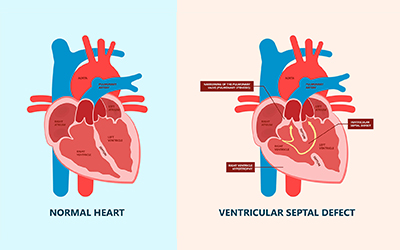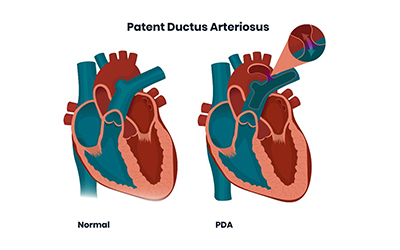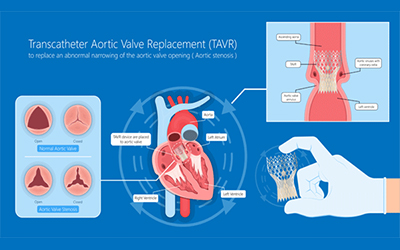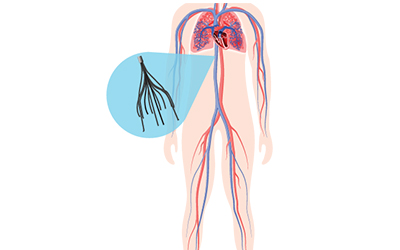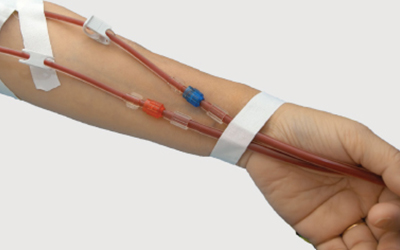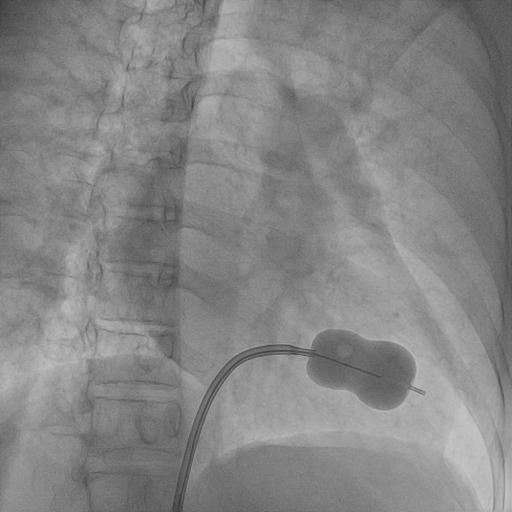Cath Lab Procedures
Cardiovascular Surgery
Cath Lab Procedures
Coronary angioplasty and stent procedure is also called Percutaneous Coronary Intervention or simply PCI. Coronary Angioplasty or Percutaneous Transluminal Coronary Angioplasty (PTCA)…
Primary angioplasty is a procedure that uses a balloon catheter or stent to treat obstructed/narrowed/blocked coronary arteries to improve blood flow to the heart. The coronary arteries are usually blocked…
Coronary Angiogram is a diagnostic procedure that uses X-ray imaging to identify narrowing of the blood vessels supplying the heart. It is a gold standard procedure for diagnosing blockages in the arterial system…
An Atrial Septal Defect (ASD) is a common congenital heart disease where the septum is not formed properly producing a left-to-right shunt, which leads to mixing of oxygenated and…
Ventricular septal defects (VSD) is a common type of congenital heart defect, which is characterized by an abnormal opening or a hole in the interventricular septum, the dividing wall between…
Patent ductus arteriosus (PDA) is a congenital heart condition in which there is an opening between the pulmonary artery and the aorta. The ductus arteriosus is a small connection in the…
Transcatheter Aortic Valve Replacement (TAVR or TAVI) is a procedure where the damaged valve is replaced by an artificial valve. TAVR is a minimally invasive procedure and does not require…
Venous thromboembolism (VTE), deep vein thrombosis (DVT) and pulmonary embolism (PE) affects 1 to 2 individuals per 1,000 annually. These are the leading cause of preventable hospital…
Fistuloplasty is a way of relieving a blockage in the arteriovenous fistula. This allows access to dialysis without having an operation. The blockage is opened up using a special device…
Narrowing or restricting blood flow across the mitral valve located between the left atrium and left ventricle is known as mitral stenosis. Balloon Mitral Valvotomy best does treatment of Mitral…

